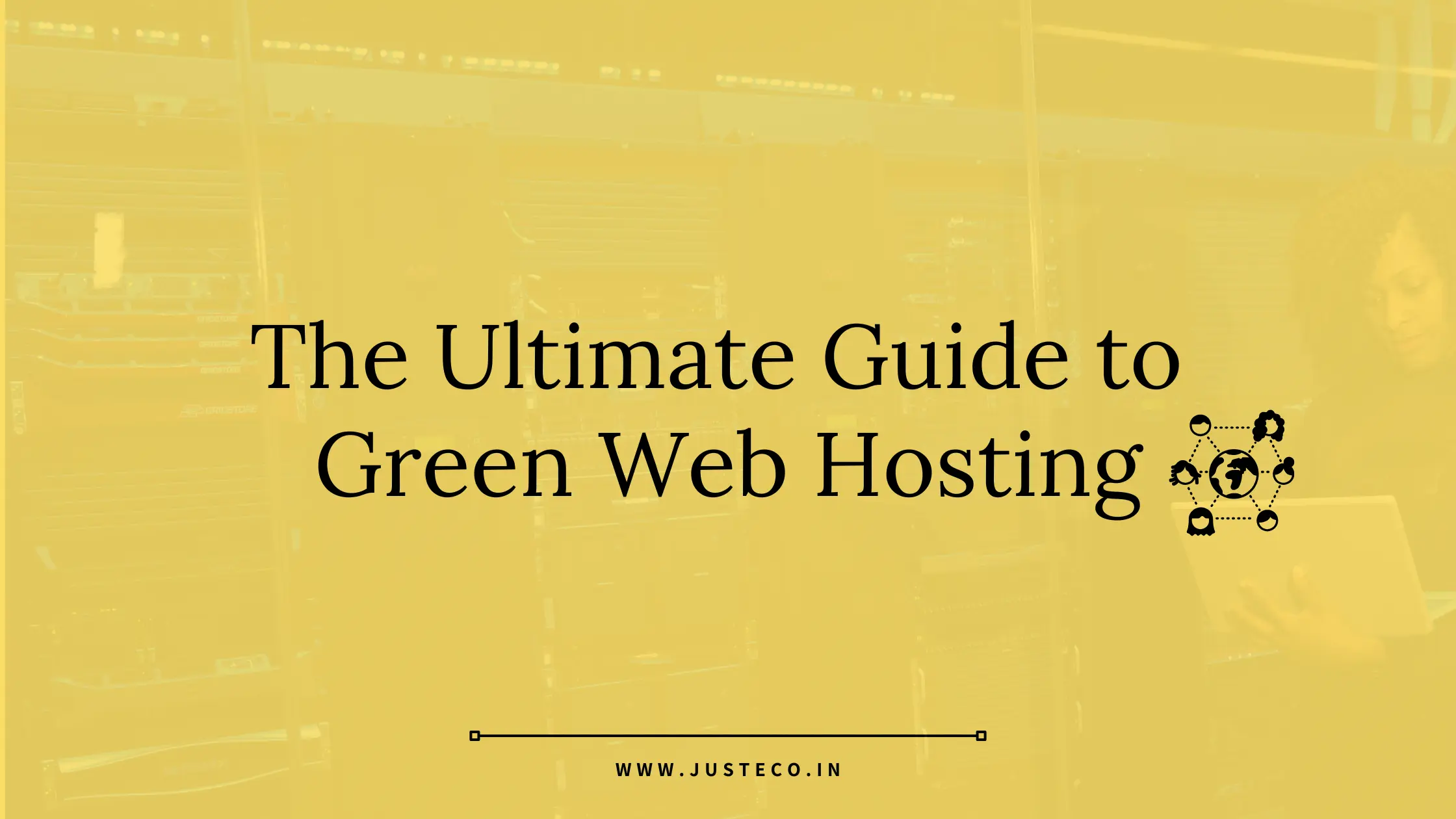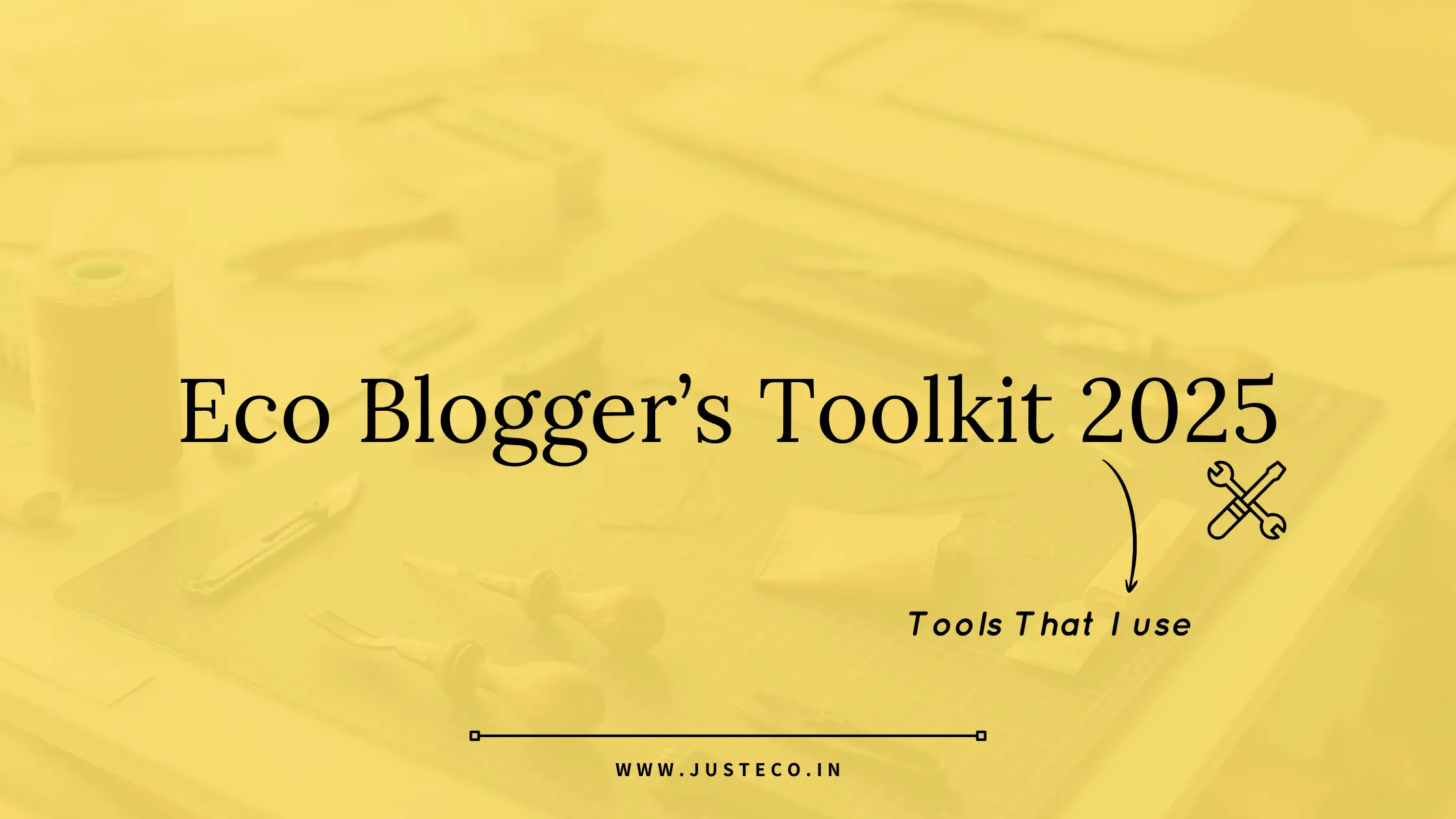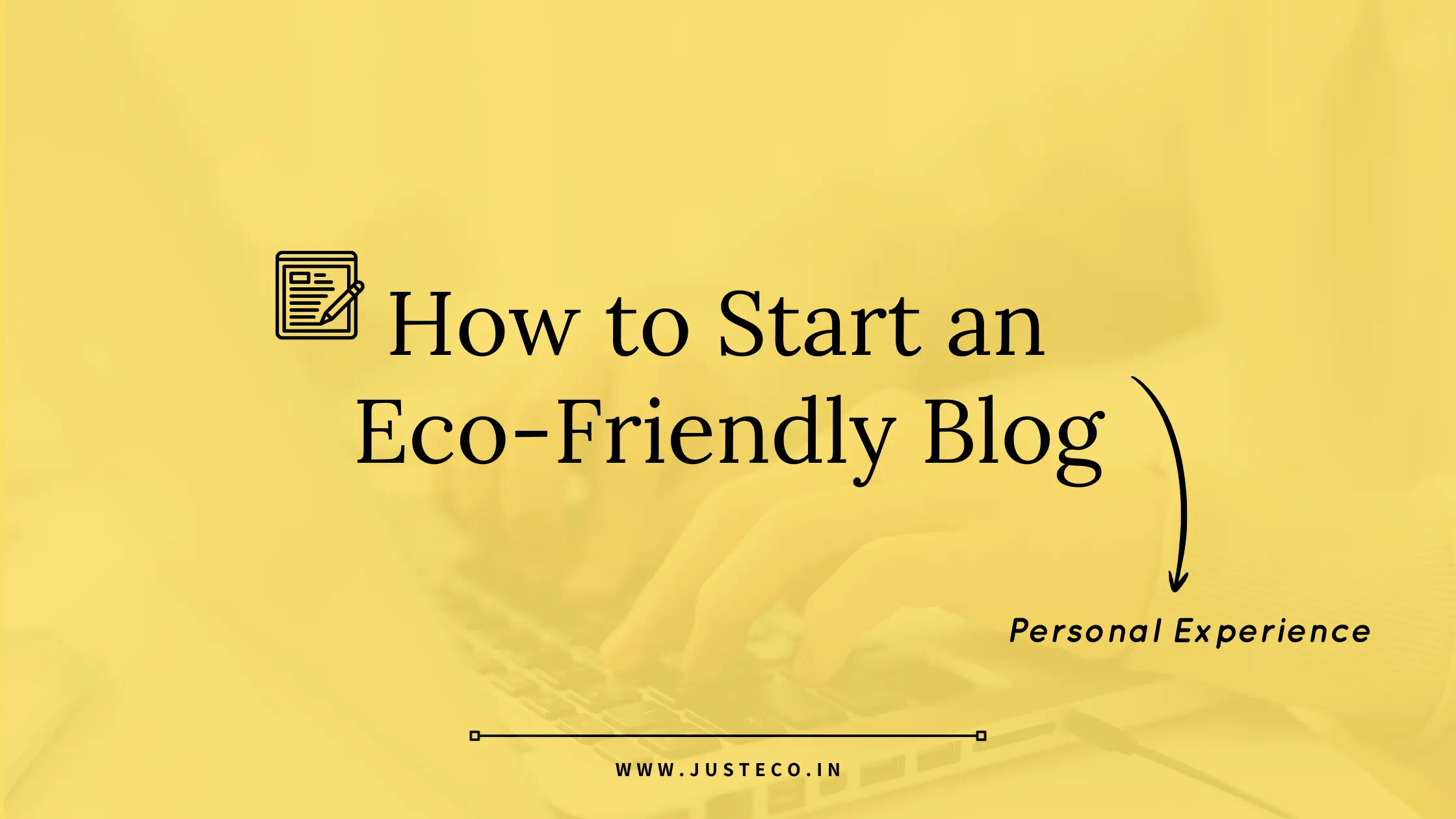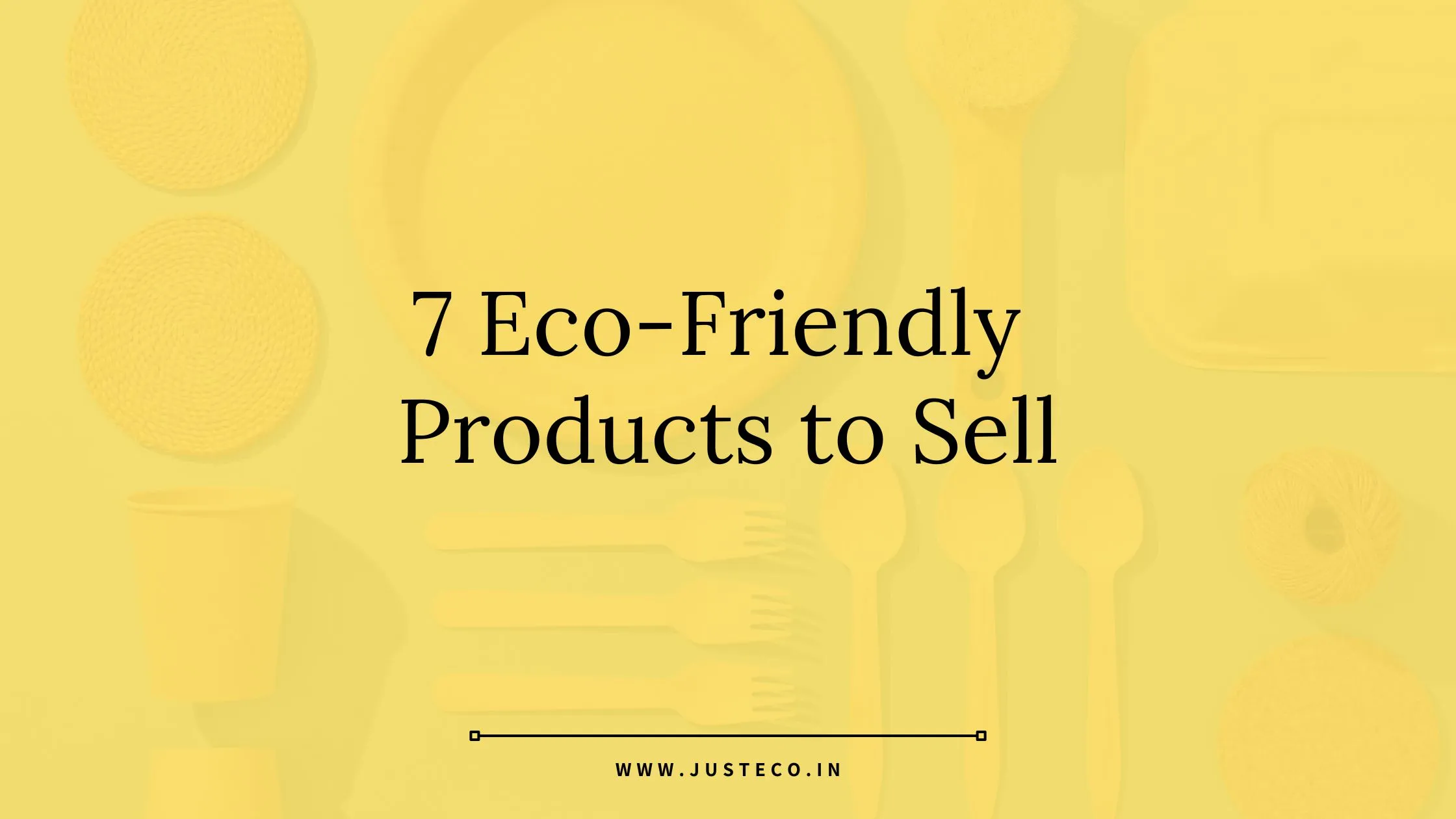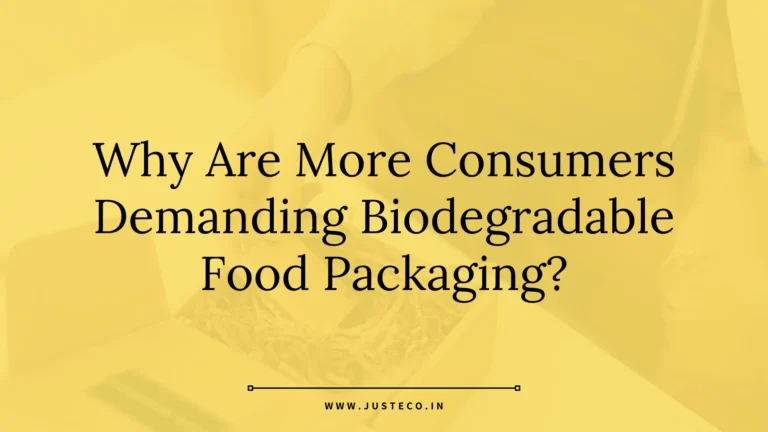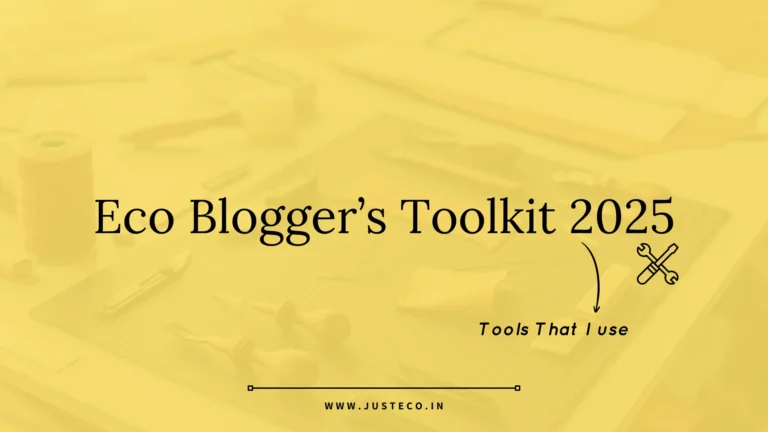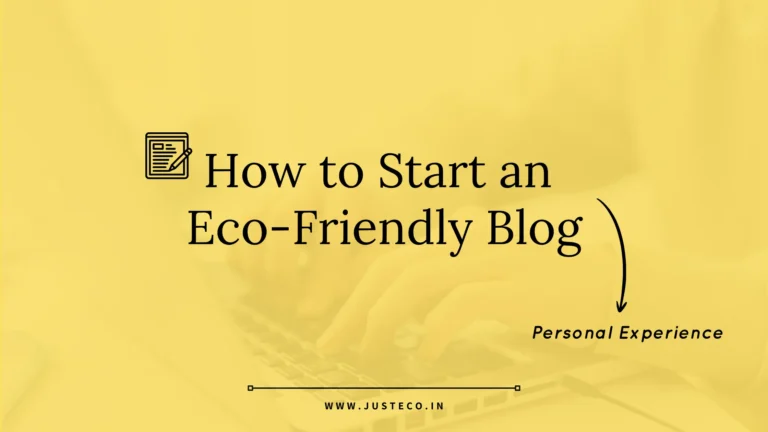It wasn’t long ago that discovering and purchasing any type of clothing was a difficult task. Sporting designer-made clothing was an exclusivism in the 1960s when most individuals still sewed their own clothes.
It’s difficult to fathom those moments now, particularly in the age of quick style and commercial behemoths. Nevertheless, as continuous technical advancements piled up, propelling the globe forward, the fashion company evolved over time, too.
When you look closely, you’ll find how we’ve reached that point in certain ways, with fast-fashion behemoths that mass-produce low-quality items as low-cost knockoffs of designer brands to individual manufacturers that adopt the concept of slow style.
Slow fashion, meanwhile, doesn’t require going back to producing one’s clothes as it did in the 1960s. It entails attaining long-term fashion sustainability through the use of cutting-edge materials.
Instead of damaging the ecosystem, sustainable clothing materials that safeguard and nourish it are used. The following are ten sustainable fabrics that every sustainability clothing designer must be aware of and begin using immediately.
Table of Contents
ToggleWhat are Sustainable fabrics?
Sustainable fabrics are frequently constructed from organic or recyclable materials to minimize the harm caused by the manufacturing method, fiber qualities, or total ecological effects. These textiles can also help with reducing waste, rainwater harvesting, reduced pollutants, and land regeneration—though, as previously said, no fabric is truly sustainable.
“Eco-friendly fashion materials” is a word that is frequently employed to gather together various ecologically friendly substances, and numerous fabrics have earned the “self-sustaining” title for multiple reasons.
However, just as sustainability is a dynamic aim, so are therefore fabrics—and no single fabric can achieve everything. On the other hand, better materials have the potential to help establish a more visible fashion business through ethical production and ecologically friendly growth techniques.
10 Sustainable Clothing Materials.
Hemp that is grown organically
Hemp is a multipurpose plant that may manufacture a wide range of products, including food, construction materials, skincare, and clothing. It’s among the finest clothing fibers, having been worn for centuries because of its all-season adaptability and propensity to mellow when it’s washed.
Furthermore, hemp is indeed a low-maintenance species. It requires little water, uses no chemicals, and is inherently eco-friendly.
Sustainability of cotton that has been certified as organic
Cotton is natural fiber clothing and among the most widely used textiles, yet it has a long history of causing issues. It consumes a lot of water and chemicals, which might have a harmful impact on the ecosystem.
Linen made from organic materials
Natural linen has many of the same advantages as hemp: it has been farmed for centuries, takes no upkeep, and is compostable if left untreated. It’s also smooth, light, robust, and inherently resistant to moths.
Because every component of the plant may be utilized to make linen cloth, there is little waste.
Fabrics that have been recycled
Conventional polyester is among the greatest polluters. Thus, regenerated polyester is an intriguing ecological fabric. Because it is frequently created from plastic bottles, it decreases the quantity of plastic pollution sent to dumps while also avoiding the lengthy process that standard polyester undergoes.
Lyocell
Lyocell is a compact natural fabric clothes brand. It is manufactured from wood fibers that are very absorbing, antibacterial, odor-free, and moisture-resistant. Lyocell is recyclable because it is made from wood pulp, making it an ecological fabric. Tencel is by far the most common lyocell product.
Econyl
Econyl is a regenerated fabric manufactured from manufactured waste such as commercial plastics and ocean fishing lines. Econyl is indeed a type of recovered nylon since the result is quite comparable to nylon. Compared to nylon manufacture, the recovering process produces substantially less trash and consumes considerably fewer materials.
Piñatex
Vegan leather has grown in popularity in recent decades, but several alternatives are manufactured of plastic, which is not environmentally friendly. Piatex seems to be a food source by-product manufactured from pineapple leaf fibers. This is particularly notable since pineapple stems are often thrown, but they now have a new function.
Qmonos
Qmonos, synthesized spider silk made utilizing spider genetics and microorganisms, is among the most intriguing materials we’ll be examining today. Since the fabric is manufactured, zero spiders are being used in the manufacturing process, rendering it vegan-friendly and non-harmful to any animals.
Fabric that is no longer in production. It is known as Deadstock fabric
Although not technically a fabric category, deadstock cloth is frequently employed by manufacturers who claim to be environmentally conscious. Deadstock material is just old fabric that hasn’t been purchased — it may well be somewhat torn, the previous owners might also have over-ordered, or it may be marketed as textile pieces.
Bamboo
Several new sustainable fabrics manufacturers will tout the use of soft, long-lasting bamboo material for their clothing. The truth, on the other hand, is a little more difficult. Bamboo is a very sustainable fabrics species when cultivated properly, but its method into cloth isn’t always so good for the environment.
7 Sustainable Clothing Fashion Brands
Levi’s
Levi’s is dedicated to producing environmentally friendly denim. The business provides long-lasting items, with its most famous item, the 501 Jeans, dating back almost two hundred years. Levi’s plans to employ the Water Less approach to cut their freshwater usage by 80% while also lowering their greenhouse emissions by approximately 25%.
Lucy and Yak
This ethically produced apparel brand from New Zealand was previously recognized for its dungarees. Lucy & Yaks’ latest facility in India was equipped with solar, making the structure totally ecological and ensuring that all employees are given a livable wage. All of our packaging bags and envelopes are made entirely of recyclable and compostable materials.
Mud jeans
Mud Jeans are made from ecologically produced materials and also recycled material clothes. Such as jeans. It has been accounting for 40% of the total. All of the goods are vegan. Mud Jeans has conserved four hundred million gallons of water, twelve thousand pairs of trousers from waste, and seven hundred thousand kilos of Carbon dioxide due to its recycling programs over the previous three years.
Plant Faced Clothing
Plant Faced Clothing is a vegan fashion brand dedicated to developing environmentally friendly and ethical items. It has one of the best Eco-friendly fashion materials. The goods are made of long-lasting, environmentally friendly materials. Plant Faced Clothing’s packaging is made entirely of recyclable materials and printed using water-based dyes.
Afends
Afends promotes sustainability throughout their clothes and goods by carefully selecting the most environmentally friendly fibers. Afends concentrates on creating goods that will last a lifetime and will not go from out style. Since 2014, the firm has been developing cornstarch-based packing that is 100% biodegradable fabric at home.
Increscent
Increscent develops vintage-inspired clothes with a minimalist aesthetic. 60percent of the material being used in their assortment is the old stock between diverse fabric sellers and exporting companies, keeping the majority of the pieces unique. Increscent apparel is responsibly sourced and environmentally friendly. Their craftsmanship and excellent services impress us!
Alternative Apparel
Alternatives Apparel is a men’s and female fashion label that provides eco-friendly, moral essentials. Their design is straightforward and modern, as well as comfortable and adaptable.
Alternative Apparel clothes are created using environmentally friendly materials, such as organic cotton instead of ordinary cotton and soft eco-fabrics manufactured from old polyester and plastic containers. Their techniques are also environmentally friendly since they use non-toxic, low-impact pigments and water-saving treatments to create the final product.
Conclusion
Helping the environment when shopping for apparel doesn’t seem to be tricky. These are only some of the numerous Eco-friendly fashion materials labels accessible in 2022; with such a diverse variety of designs, goods, and pricing, buyers have a lot of options. All you would have to accomplish is fire up your internet and start looking for such eco-friendly materials.
Frequently Asked Questions
Q1. What is the most common myth or misunderstanding regarding sustainable style?
That all boils down to resources and technology. It is, after all, about behavior, emotions, and mindsets.
Q2. What does “fashion sustainability” mean to you?
Through items, behaviors of usage, and connections, fashion promotes environmental balance and human quality. A more genuine, adaptable, and connected perspective on fashion, individuals, and the environment.
Fashion encourages us to connect, integrate, and learn more about ourselves, one another, and our surroundings. Fashion is concerned with the thriving of both human and non-human creatures.
Q3. What are the responsibilities of designers? What more can they impact, and how can they act as role models?
Designers may have a significant impact since they can incorporate forethought into goods and processes, preventing undesired consequences. They are indeed communicators, giving shape to ideas and assisting in developing fresh perspectives on how to survive. And new tales and ideas are desperately needed!
Q4. How do you describe the difference between ‘Slow fashion’ and ‘Fast fashion?
It symbolizes a new starting point for design, with new ideas, ambitions, and aspirations.
Q5. In 2022, how exactly do you see the sustainable clothing industry evolving? What direction do you think it’ll take?
I hope it leads to a stronger sense of self-awareness and the recognition that putting effort (even long-term effort) in the wrong position will not yield significant outcomes.
Q6. Why hasn’t sustainable clothing materials gone in the direction it ought to? Have we embraced philosophy too literally?
I believe a lot of work has gone into reducing the inefficiencies of the fashion system that we received through our forefathers. Let’s admit it. Instead of presenting a good image of the future, this is a gloomy notion.
Q7. Do you believe the fashion business, particularly the high street, would ever abandon its current large volume, cheap prices schemes?
Yes. This trend is most likely to be driven by economic principles. Cotton prices have increased in recent years, and synthetic fiber prices are also rising. The large volume model’s revenue will alter as a result of this.
Q8. Do you see any new efforts toward more ecological and slow manufacturing activities? Is it a result of work in the private sector?
Several actions are being undertaken. The fact that these modest actions are in the proper location is what contributes to major transformation. This will have to wait and see.
More Articles:


